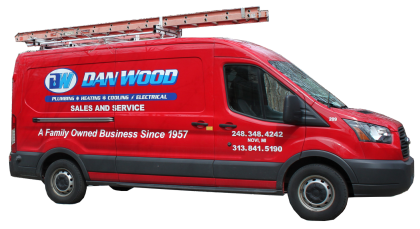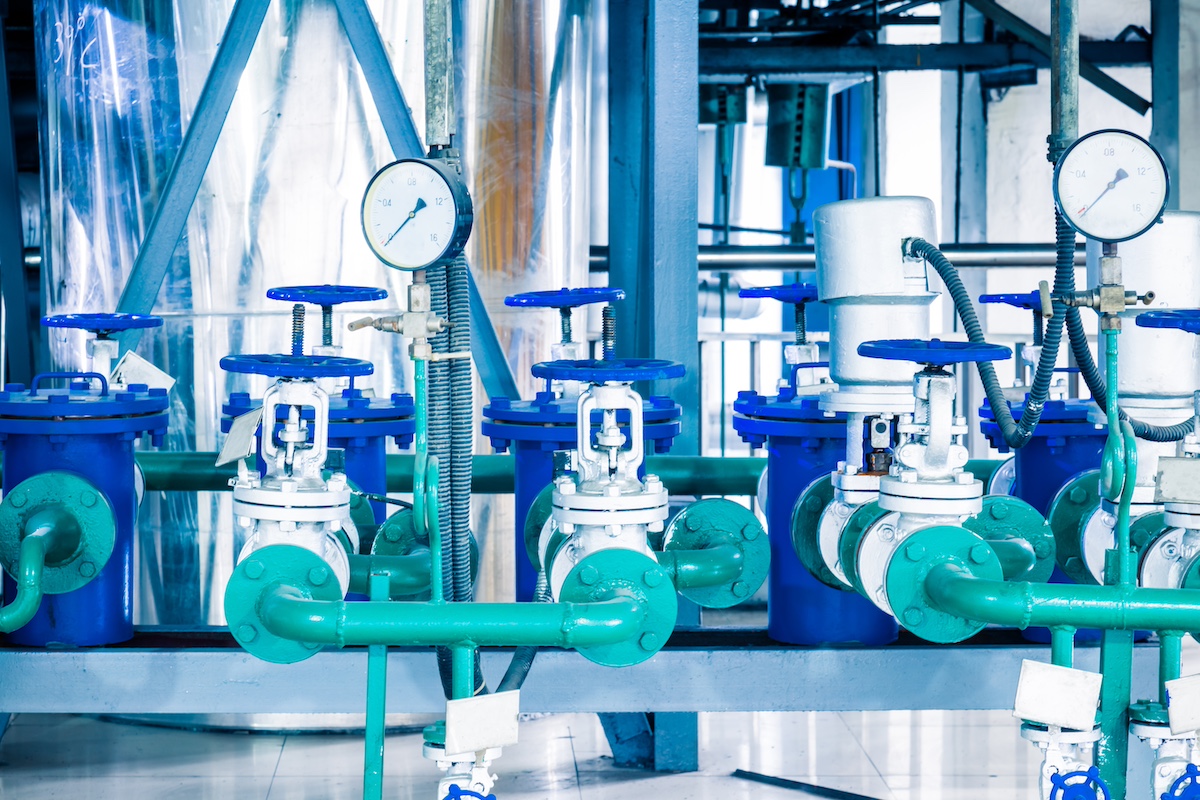City water pressure is a term used to describe the force at which water is delivered from a municipal supply system to homes and businesses. This pressure ensures that water flows efficiently through pipes, allowing residents to use showers, faucets, and appliances without interruption. Maintaining appropriate water pressure is critical for everyday convenience and the health of plumbing systems.
Understanding Water Pressure
Water pressure refers to the force pushing water through pipes, typically measured in pounds per square inch (PSI). The municipal water supply system uses pumps, gravity, and water towers to ensure a steady supply of water at the right pressure. The PSI indicates how strongly water moves through pipes:
- Low PSI: Insufficient water flow.
- High PSI: Risk of pipe damage or leaks.
Water pressure not only affects convenience but also impacts the efficiency and longevity of appliances like dishwashers and washing machines. Inadequate pressure can lead to slow-filling appliances, while excessive pressure can cause undue wear and tear.
How City Water Pressure Works
Municipal water systems are designed to ensure reliable water pressure across urban areas. Here’s how it works:
- Water Sources: Water is drawn from reservoirs, rivers, or wells.
- Pumps: High-powered pumps push water into the distribution network.
- Water Towers: These structures store water and use gravity to help maintain consistent pressure.
- Distribution Network: Pipes deliver water to residential, commercial, and industrial areas.
Factors Influencing City Water Pressure:
- Elevation: Homes on hills may experience lower pressure due to the additional energy needed to pump water upward.
- Demand: High usage during peak hours can reduce pressure across the network.
- Infrastructure: Aging or undersized pipes and ongoing construction projects may disrupt the flow.
- Climate: In regions with extreme weather changes, temperature fluctuations can affect pipe performance and water pressure.
Standard Water Pressure Levels
In most residential areas, normal water pressure ranges between 40 to 60 PSI.
Variations:
- High-Rise Buildings: Often require booster systems to maintain adequate pressure. Without these, upper floors may experience low water pressure.
- Rural Areas: May experience lower pressure due to smaller infrastructure and longer distances from the source.
- Municipal Regulations: Cities may have specific standards to ensure safety and efficiency, often setting a maximum pressure limit to prevent pipe damage.
Importance of Maintaining Proper Water Pressure
Ensuring your water pressure is neither too low nor too high is essential for:
Low Water Pressure:
- Inconvenience: Weak showers and slow faucet flows disrupt daily activities.
- Appliance Issues: Inefficient operation of dishwashers, washing machines, and other appliances.
High Water Pressure:
- Pipe Damage: Excessive force can weaken joints and cause leaks or bursts.
- Increased Water Bills: High pressure can lead to unintentional water wastage.
Maintaining the right pressure helps prevent costly repairs and ensures efficient water usage. Proper pressure regulation can also improve the lifespan of plumbing systems and appliances.
Common Causes of Water Pressure Issues
Several factors can disrupt your home’s water pressure:
- Aging Infrastructure: Corroded or leaking pipes can restrict water flow and reduce pressure. This is especially common in older neighborhoods.
- Seasonal Changes: High demand during summer months for activities like watering lawns may lower pressure temporarily.
- Construction Work: Temporary disruptions due to nearby repairs, new installations, or upgrades in the municipal system.
- Peak Usage Times: Heavy demand in the mornings or evenings can create noticeable drops in pressure.
- Clogs and Blockages: Mineral deposits or debris in pipes can obstruct flow and decrease pressure.
Measuring Your Home’s Water Pressure
Testing your water pressure is simple and can prevent long-term issues. Here’s how:
- Get a Pressure Gauge: Available at most hardware stores.
- Attach to a Hose Bib: Connect the gauge to an outdoor faucet or hose bib.
- Turn on Water: Open the faucet fully and read the gauge.
Interpreting Results:
- Below 40 PSI: Low pressure; investigate causes and consider solutions.
- 40-60 PSI: Ideal range for residential properties.
- Above 80 PSI: Too high; immediate action is recommended, such as installing a pressure-reducing valve.
Solutions to Water Pressure Problems
If you’re experiencing water pressure issues, here are some actionable steps:
Low Water Pressure:
- Clean Fixtures: Sediment can clog faucets and showerheads, reducing flow.
- Check for Leaks: Inspect visible pipes for drips, pooling water, or damage.
- Pressure Booster System: Install a booster pump to increase pressure when municipal supply is insufficient.
- Upgrade Pipes: Replacing old or narrow pipes can significantly improve flow.
High Water Pressure:
- Pressure-Reducing Valve (PRV): A PRV can regulate excessively high pressure to safe levels.
- Regular Maintenance: Schedule plumbing inspections to identify and fix potential issues before they escalate.
- Install Expansion Tanks: These help absorb excess pressure caused by water heating in closed systems.
When to Contact Professionals
If you’re unable to identify or resolve water pressure issues, it’s best to consult an expert. Call a licensed plumber if you notice:
- Sudden, unexplained drops in pressure.
- Consistent issues despite troubleshooting.
- Unusual noises, leaks, or water damage in the plumbing system.
Local water authorities can also provide insights into municipal water supply issues, such as temporary reductions in pressure due to system maintenance.
Frequently Asked Questions (FAQs)
What is city water pressure?
City water pressure refers to the force used to deliver water from a municipal supply to homes and businesses. It’s typically measured in pounds per square inch (PSI) and ensures water flows efficiently through pipes.
What is the maximum city water pressure?
The maximum recommended water pressure for residential areas is generally 80 PSI. Pressure exceeding this level can damage pipes, appliances, and fixtures.
What is the normal water pressure in India?
In India, normal water pressure ranges between 30 to 50 PSI, depending on the region and the quality of infrastructure.
Conclusion
At Dan Wood Services, we understand how crucial maintaining proper water pressure is to the functionality and safety of your home’s plumbing system. Our experienced team is dedicated to diagnosing and solving water pressure issues quickly and efficiently. Whether you’re dealing with low pressure that’s disrupting your daily routine or high pressure threatening the integrity of your pipes, we’re here to help.
Our comprehensive plumbing services cater to all your needs, from inspections to advanced solutions like booster systems and pressure-reducing valves. Don’t let water pressure problems cause unnecessary stress or damage to your home. Contact Dan Wood Services today for expert advice, inspections, and solutions tailored to your needs. With our decades of experience and commitment to quality service, you can trust us to keep your plumbing system in top condition. Reach out to us now to schedule your consultation!




